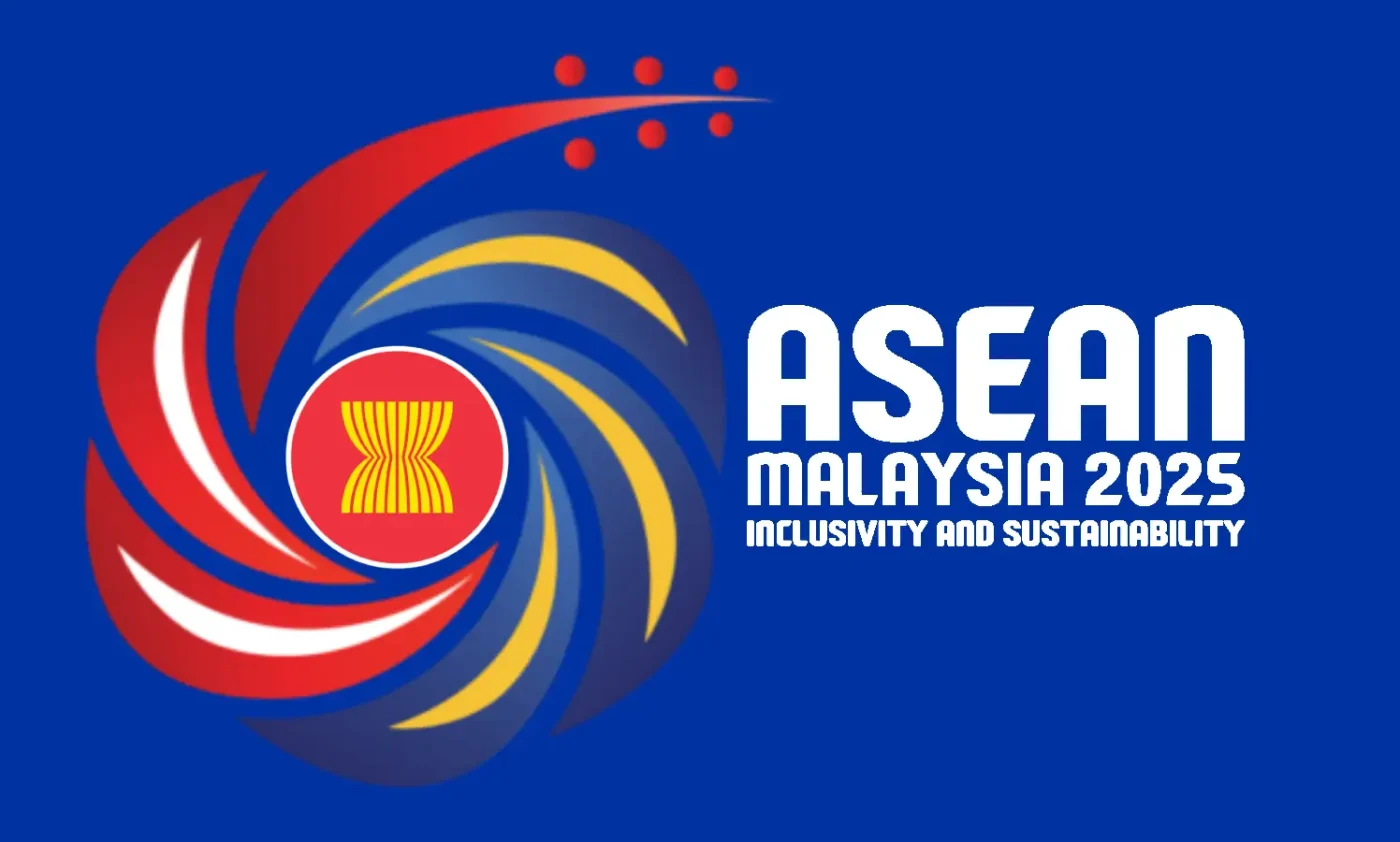As Kuala Lumpur gears up to host the 46th Asean Summit on May 23, 2025, the city conducted the first day of a two-day traffic dry run on Wednesday, May 21, to ensure smooth operations during the high-profile event. The exercise, focused on road closures and diversions, unfolded without major disruptions, according to local authorities, signaling a well-coordinated effort ahead of the arrival of regional leaders and delegates.
First Day of Dry Run: A Controlled Success
The initial phase of the dry run commenced at 7am, targeting key routes between the Kuala Lumpur Convention Centre (KLCC)—a central venue for the summit—and Istana Negara, the official residence of Malaysia’s king. Officers from the KL Traffic Investigation and Enforcement Department (JSPT) were deployed early to manage traffic flow and safeguard the designated paths.
KL JSPT chief Assistant Commissioner Mohd Zamzuri Mohd Isa reported that traffic on major highways remained smooth throughout the morning. “For the first day, the road closures started at 7am and only involved routes from KLCC to Istana Negara” he said. “The closures were conducted for a short time, about 10 minutes. The roads were closed and reopened again in stages.”
The brevity and staggered nature of the closures minimized inconvenience to commuters, a critical consideration in a bustling metropolis like Kuala Lumpur. The exercise tested the city’s ability to balance security protocols with the daily needs of its residents, a challenge often faced by host cities during international events.
Day Two: Expanded Scope and Longer Closures
The second day of the dry run, scheduled for Thursday, May 22, will expand to include routes from hotels—where Asean leaders and delegates are expected to stay—to KLCC. According to ACP Mohd Zamzuri, these closures will last longer, approximately 30 minutes, to accommodate the simulated movement of dignitaries. “We hope for the public’s cooperation in ensuring the smoothness of traffic in conjunction with the Asean Summit” he urged.
This phase aims to replicate the logistical demands of the actual summit, during which secure and timely transportation of delegates will be paramount. The extended closure duration reflects the complexity of coordinating multiple motorcades across a wider network of roads, a task that requires precision to avoid gridlock in one of Southeast Asia’s busiest capitals.
Security Simulations Underpin Summit Preparations
Beyond traffic management, the dry runs are part of a broader security simulation orchestrated by Malaysian police to prepare for the 46th Asean Summit. With regional leaders and high-ranking officials converging on Kuala Lumpur, authorities are leaving no stone unturned to ensure safety and efficiency. The simulations include route planning, emergency response drills, and coordination with various agencies to address potential disruptions.
The Asean Summit, an annual gathering of the Association of Southeast Asian Nations, serves as a critical platform for dialogue on regional cooperation, economic integration, and geopolitical challenges. Malaysia, as the host for 2025, faces the dual task of facilitating productive discussions while showcasing its capacity to manage large-scale international events. The stakes are high, as any logistical or security misstep could overshadow the summit’s diplomatic objectives.
Public Cooperation and Urban Impact
While the dry runs have so far proceeded without incident, the real test will come during the summit itself, when full-scale road closures and security measures are implemented. Kuala Lumpur’s residents are no strangers to traffic disruptions during major events, but the scale of the Asean Summit—expected to draw thousands of attendees, including media and support staff—could strain the city’s infrastructure.
Local authorities have emphasized the importance of public cooperation, a sentiment echoed by ACP Mohd Zamzuri in his call for patience and understanding. Past summits in the region, such as the 2015 Asean Summit in Kuala Lumpur, saw mixed reactions from the public, with some commuters expressing frustration over restricted access to key areas. This time, the phased approach to closures during the dry run suggests a more measured strategy to mitigate such concerns.
Urban planners and traffic experts have also weighed in on the preparations. Dr. Azman Rahman, a transport analyst based in Kuala Lumpur, noted that short, staged closures are a practical way to test systems without causing widespread disruption. “The key is communication—ensuring that residents and businesses are informed well in advance of affected routes and timings” he said. Authorities have yet to release a detailed public schedule for the summit days, but early indications suggest that digital platforms and local media will play a crucial role in disseminating updates.
Regional Context: Asean’s Growing Importance
The 46th Asean Summit arrives at a time of heightened regional and global uncertainty. Issues such as economic recovery post-pandemic, maritime disputes in the South China Sea, and climate change are expected to dominate discussions. Malaysia, as chair, will have the opportunity to steer the agenda toward collaborative solutions, reinforcing Asean’s role as a stabilizing force in Southeast Asia.
Hosting the summit also offers Malaysia a chance to bolster its international image. The country has invested significantly in infrastructure and security arrangements to ensure a seamless event, with costs reportedly in the range of 50 million Malaysian Ringgit (US$11 million, based on exchange rates as of May 22, 2025). While the figure remains unconfirmed by official sources, it underscores the financial commitment required to stage an event of this magnitude.
Comparisons with previous Asean Summits reveal varying degrees of logistical success. The 2019 summit in Bangkok, for instance, faced criticism for traffic chaos despite extensive planning, while the 2023 summit in Jakarta was praised for its smooth execution. Kuala Lumpur’s current efforts, if sustained, could position it as a benchmark for future hosts.
Balancing Security and Accessibility
One of the perennial challenges of hosting international summits is striking a balance between stringent security measures and maintaining accessibility for residents. Kuala Lumpur, with its dense urban layout and heavy reliance on road transport, faces unique hurdles in this regard. The routes between KLCC, Istana Negara, and delegate hotels traverse some of the city’s busiest corridors, where even minor delays can cascade into hours-long jams.
The Malaysian police’s decision to conduct dry runs well in advance reflects a proactive approach to identifying and addressing potential bottlenecks. By simulating the movement of dignitaries and testing closure durations, authorities can fine-tune their plans to minimize impact on the public. However, the effectiveness of these measures will depend on real-time adaptability during the summit, particularly if unforeseen incidents arise.
Public sentiment, as gauged from social media platforms like X, appears cautiously optimistic. Many Kuala Lumpur residents acknowledge the importance of the summit but hope for clear communication regarding disruptions. Posts from local users highlight a willingness to cooperate, provided alternative routes and public transport options are made available during peak closure times.
Looking Ahead to May 23
As the 46th Asean Summit draws near, Kuala Lumpur’s preparations will face increasing scrutiny. The successful execution of the dry runs is a promising start, but the true measure of readiness will be evident when the city welcomes leaders from across the region. Beyond traffic management, the summit’s broader implications—diplomatic, economic, and cultural—will shape perceptions of Malaysia’s role within Asean.
For now, the focus remains on ensuring that the city’s streets, often a microcosm of its vibrant and diverse identity, can accommodate both the demands of global diplomacy and the rhythms of everyday life. As the final dry run unfolds, questions linger about how Kuala Lumpur will navigate the delicate dance of security and normalcy in the days ahead.
















